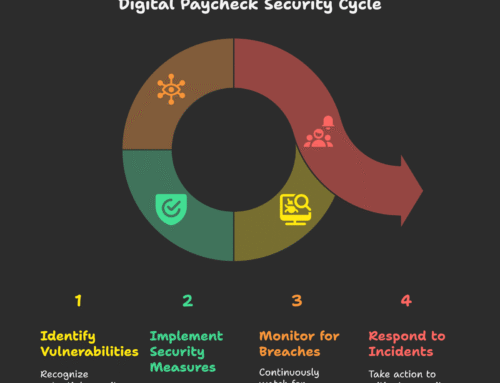Back in the days of the Industrial Revolution, 8-hour shifts were a distant dream and 10-16 hours a day working in a factory was pretty standard. In 1914, however, the Ford company revolutionized the working world by reducing hours and increasing pay, which boosted productivity.
Today, more than 100 years later, we’re still largely on Ford’s 8-hour schedule, 5 days a week, despite advances in technology and automation.
That might be changing soon, however. As knowledge work continues to grow, it’s become clear that expecting 40 hours of productivity a week is unrealistic. We’ve learned that in an 8-hour workday, most people only clock about 3 hours of actual productivity. Why keep people in the office from 9-5, Monday through Friday if you’re only getting a few hours of productive work out of them anyway?
That’s what some countries and organizations are starting to question, in a movement spearheaded by 4 Day Week Global. Here are some of the pros and cons companies have discovered when testing out the 4-day workweek.

Image source: Rawpixel
The 4-Day Workweek Phenomenon is Gaining Attention
More and more studies on the 4-day workweek are being conducted to see how cutting hours will affect productivity and other factors. Small studies have been taking place in different areas across the globe for several years, and Britain just launched a large pilot program to see if a shorter week improves worker engagement, loyalty, productivity, and more.
Results from many of the studies have been extremely promising, although there are many factors in play that must be considered when weighing the pros and cons of trying out the 4-day workweek.
The Pros of the 4-Day Workweek
Most of the pilot programs that have tested out a 4-day workweek have noted that people are much more productive when they work fewer hours. One company based in Seattle noted that switching to a 4-day workweek resulted in 20% higher productivity. Their goal in shifting to a 4-day schedule was to reduce burnout—the increased productivity was just icing on the cake.
Besides a happier, more productive, and more relaxed workforce, there are other benefits, too. When people commute less, the climate benefits. When people have more time for leisure activities, the economy benefits. And when employees are able to relax and have more time to themselves, they come to work refreshed and ready to innovate.
The Cons of a 4-Day Workweek
Research on the 4-day workweek hasn’t come up with a lot of downsides, but there are a few cons to cutting work hours. The first is that some managers have struggled to adapt to the new schedule and end up increasing stress for their employees by pushing them to be even more productive.
Some employers don’t have an accurate grasp of what the 4-day workweek actually is. Instead of reducing hours, they have simply made the other workdays longer to accommodate a third day off. While many people appreciate this, it does not lead to the kinds of productivity benefits and satisfaction enjoyed by those who work 32 to 35 hours per week.
Additionally, although most employees love having a shorter workweek, not everyone is universally excited about dropping a day at the office.
Another problem that has come up is customer satisfaction. Businesses with many people working in customer-facing roles might struggle with staffing to ensure that customers are given the same level of service they expect.
The Bottom Line
Smart business leaders might want to consider moving to the 4-day workweek, as it can be a win-win situation. A shorter week can help professionals in every department work at peak levels and help a business grow.
For so long, we’ve been told to believe that the needs of an organization clash with the needs of its employees. However, as organizations are better able to routinely collect and leverage data, we’re starting to see that working less can actually look like working more.
What’s in Store for the Future?
As technology improves, we should be able to work more, not less. Sadly, that’s not how things have worked out. Although our ability to stay connected should make us more productive, it’s also cutting into our non-work time, blurring the lines between home life and work life.
Now that 4-day work weeks are being tested in multiple areas of the world, it probably won’t be long until employers start offering shorter weeks as a benefit to attract new workers. Work culture is resistant to change, but as employees seek out more flexibility and enhanced work-life balance, organizations will have to consider the pros and cons of the 4-day work week.






Leave A Comment